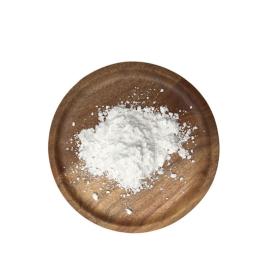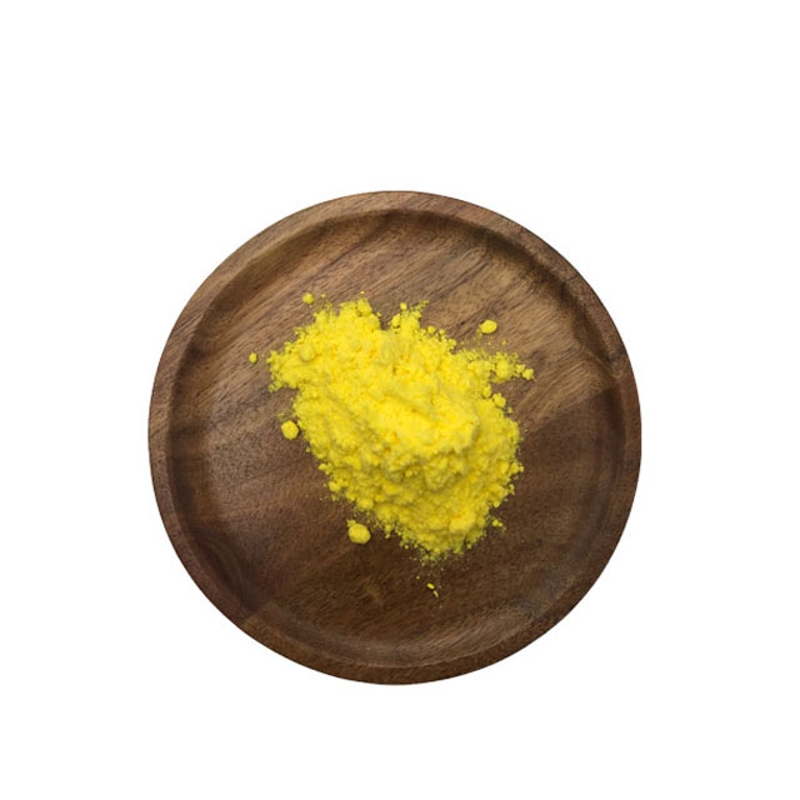-
Categories
-
Pharmaceutical Intermediates
-
Active Pharmaceutical Ingredients
-
Food Additives
- Industrial Coatings
- Agrochemicals
- Dyes and Pigments
- Surfactant
- Flavors and Fragrances
- Chemical Reagents
- Catalyst and Auxiliary
- Natural Products
- Inorganic Chemistry
-
Organic Chemistry
-
Biochemical Engineering
- Analytical Chemistry
- Cosmetic Ingredient
-
Pharmaceutical Intermediates
Promotion
ECHEMI Mall
Wholesale
Weekly Price
Exhibition
News
-
Trade Service
Chair: Raymond U.
Chairman:
Topic: Non-small cell lung cancer
theme:Abstract Introduction 1
Abstract Introduction 1First-line nivolumab (NIVO) plus ipilimumab (IPI) for advanced non-small cell lung cancer ( NSCLC ) patients plus two cycles of chemotherapy (chemotherapy) and chemotherapy alone (4 cycles): two years from CheckMate 9LA Update
Advanced non-small cell lung cancer ( NSCLC ) NSCLC patients with first-line nivolumab (NIVO) plus ipilimumab (IPI) plus two cycles of chemotherapy (chemotherapy) and chemotherapy alone (4 cycles): two from CheckMate 9LA Annual updateDOI: 10.
In the randomized Phase 3 CheckMate 9LA trial (NCT03215706), first-line NIVO + IPI combined with 2 cycles of chemotherapy significantly improved overall survival (OS), progression-free survival (PFS) and objective response rate ( ORR) (4 cycles).
According to PD-L1 (< 1% vs.
The shortest follow-up time for OS was 24.
immunity
In a minimum of 2 years of follow-up, first-line NIVO + IPI + chemotherapy showed long-lasting survival and benefit compared with chemotherapy in patients with advanced NSCLC; no new safety events were found.
Abstract Introduction 2
Abstract Introduction 2Results of anti-PD-(L1) combination chemotherapy and immunotherapy (IO) alone in the first-line (1L) treatment of advanced non-small cell lung cancer (NSCLC) with a PD-L1 score of 1-49% : FDA pooled analysis
Results of anti-PD-(L1) combination chemotherapy and immunotherapy alone (IO) for first-line (1L) treatment of advanced non-small cell lung cancer (NSCLC) with a PD-L1 score of 1-49% : FDA FDA pooled analysisDOI: 10.
IO + chemotherapy + anti- angiogenesis drugs include the FDA-approved 1L regimen for metastatic NSCLC, and only IO therapy is only approved for PD-L1-positive NSCLC.
Blood vessel
The data comes from 8 randomized controlled trials that studied anti-PD-(L)1 therapy as an IO-only or chemotherapy IO regimen for the 1L treatment of patients with advanced NSCLC.
A total of 2108 patients with NSCLC and PD-L1 scores of 1-49% were identified for this analysis.
According to subgroups, the results of chemotherapy-IO and IO alone
This exploratory ensemble analysis showed that in most subgroups of advanced NSCLC patients with a PD-L1 score of 1-49%, chemotherapy-IO may improve efficacy results compared to IO alone.
Abstract introduction 3
Abstract introduction 3A meta-analysis of immune-related adverse events (irAE) and efficacy from phase 3 trials IMpower130 , IMpower132, and IMpower150
A meta-analysis of immune-related adverse events (irAE) and efficacy from phase 3 trials IMpower130 , IMpower132, and IMpower150DOI: 10.
PD-L1/PD-1 inhibitors have changed the treatment of advanced NSCLC (tx).
Each trial recruited untreated non-squamous stage 4 NSCLC patients (pts).
2503 patients were included in the analysis (specificity, n = 1577; control, n = 926).
In this exploratory comprehensive analysis, according to the time-dependent Cox model and milestone analysis, in the treatment group and control group containing atezo, patients with irAEs had longer OS than those without irAEs; in the exclusion After the rash, there was still this trend in the atezo treatment group.
Abstract Introduction 4
Abstract Introduction 4Overall survival and exploratory subgroup analysis from the Phase 2 trial of CodeBreaK 100 to evaluate the efficacy of sotorasib in preconditioned KRAS p.
G12C mutant non-small cell lung cancer
G12C mutant non-small cell lung cancer
DOI: 10.
1200/JCO.
2021.
39.
15_suppl.
9003
In the registration phase 2 CodeBreaK 100 trial, Sotoracide’s objective response rate (ORR) was 37.
1% (95% Cl: 28.
6, 46.
2), and the median progression-free survival (PFS) was 6.
8 months (95%) Cl: 5.
1, 8.
2) In pre-treated KRAS p.
G12C mutant non-small cell lung cancer (NSCLC) patients.
Tumor responses were observed in patients with STK11 co-mutation, which is a driving factor for poor clinical outcomes under standard care.
Here, we report the efficacy of an extended subset of patients through key baseline characteristics and biomarkers.
Sotorasib is taken orally at a dose of 960 mg, once a day, to eligible patients with advanced NSCLC who carry KRAS p.
G12C and have received standard therapies.
The primary endpoint is ORR assessed by the central review.
Primary secondary endpoints include PFS, overall survival, and safety.
KRAS p.
G12C mutant allele frequency (MAF) and tumor mutation burden (TMB) are analyzed by next-generation sequencing (NGS) using tissue samples.
The mutation status of individual genes is determined by NGS using tissue and/or plasma samples.
In a subset of patients with corresponding results, the correlation between response and KRAS p.
G12C MAF, TMB, or covariation was analyzed.
The relationship between MAF and response is reported by probability (95% CI), which comes from logistic regression.
The dependent variable is the log probability of the responder, and the independent variable is MAF with a unit of 10%.
The ORR across subgroups is listed in the table.
The response was not related to the KRAS p.
G12C MAF in the study population.
The study showed that in the exploratory analysis of the Phase 2 trial of CodeBreaK 100, the clinical benefit of sotoracide was observed in a subgroup of patients.
An exploratory analysis of overall survival and updated will be introduced.
Leave a message here







